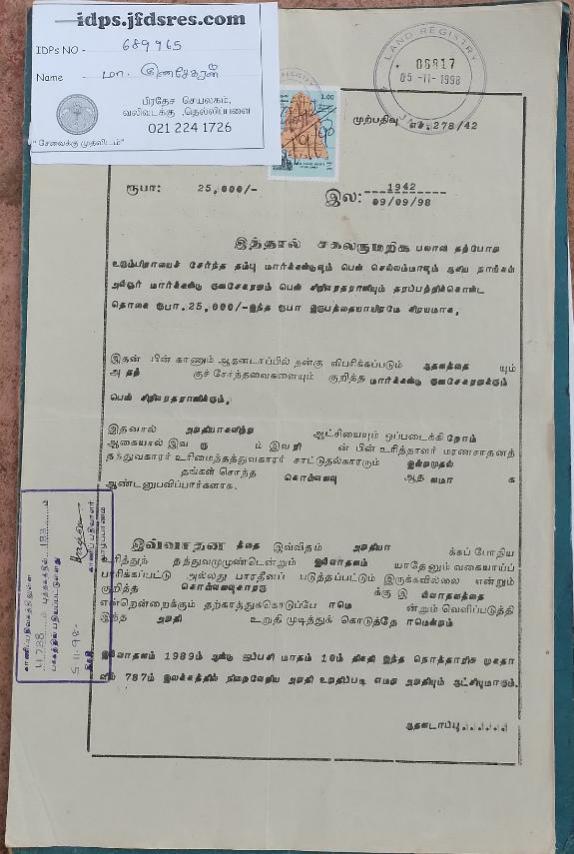Gunasekaram Shatheeskumar says the land that once belonged to his family is now part of a massive barricaded military camp. Photo by Kumanan Kanapathippillai
Tamil university students protesting land grabs and military presence outside a government building near Jaffna in November, 2022. Photo by Kumanan Kanapathippillai
Tamil university students protesting land grabs and military presence outside a government building near Jaffna in November, 2022. Photo by Kumanan Kanapathippillai
A military camp now stands where Shatheeskumar's home used to be. Photo by: Jeevan Ravindran
Ponipas Mary Yogarani, 43, now live in a hut on a government-allotted plot of land they were given in exchange for their ancestral lands in Palaly. Photo by: Jeevan Ravindran
